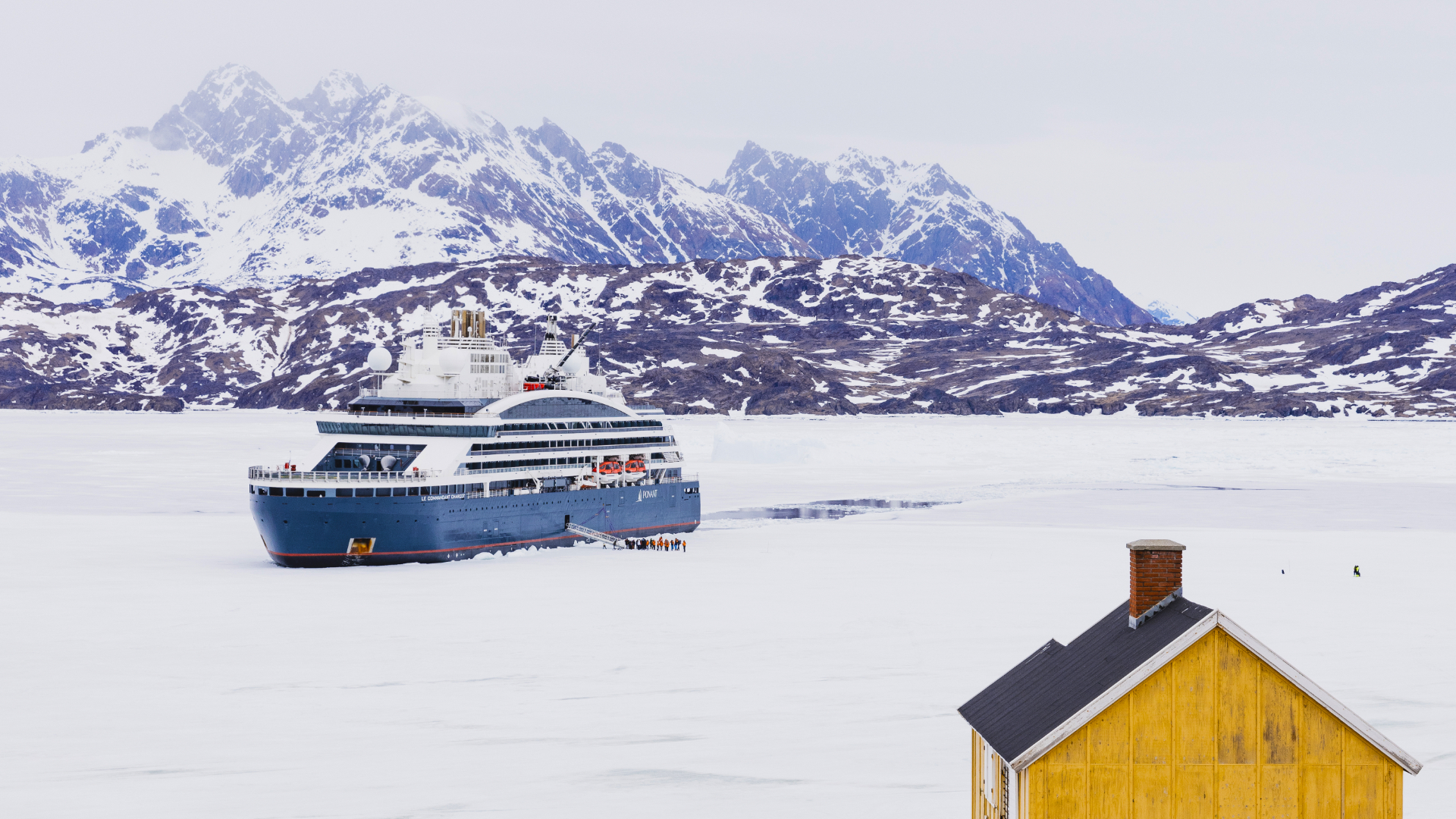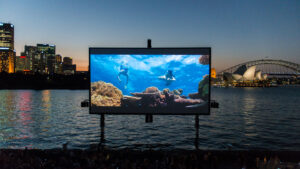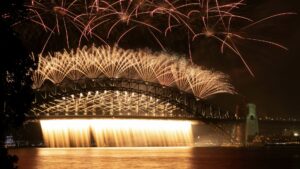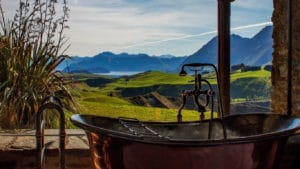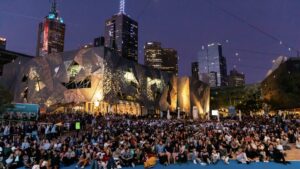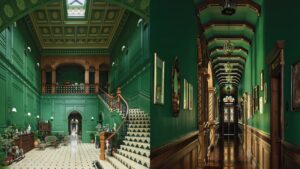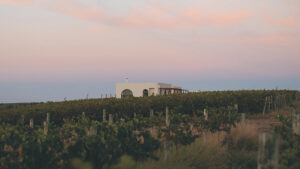Editor’s Note: This story originally appeared in Volume IV of B.H. Magazine. To get your copy (and access to future issues), subscribe here.
Blame David Foster Wallace.
The brilliantly piercing American author – he of dubious bandana and early demise – penned a memorable essay on so-called cruising (the aquatic variety involving large boats).
Documenting his time aboard a seven-day Caribbean cruise, straining under the heft of suburban Americans, the ship a “floating wedding cake with engines the size of branch banks,” Foster Wallace neatly skewered the segment via acerbic observation and punchy delivery.
It was a piece I’d often point to and float, aloud, as central to my aversion to organised watery exploration and days spent huddled around complete strangers. Indeed, Foster Wallace’s words echoed several times across my debut sail aboard Le Commandant Charcot.
I’m hesitant to call this a cruise – the French folk of Ponant tend to shudder at the mere mention of the ‘c’ word. “Non, non, NON! This is an adventure, an experience, an exploration,” chimes our ever-present captain, Etienne Garcia, during the first dinner. “I do not yet know where exactly I am going; the ice and the weather will decide.” Such words – from a captain set to steer us along the ice-packed Blosseville coast of east Greenland – should perhaps prove a little alarming, but alas.
To be honest, it’s the sense of adventure that ultimately landed me here. Because what is travel – evocative and stirring travel – if not something that sits far removed from the poolside sun loungers and iridescent thirst quenchers of yet another south-east Asian resort? What is travel if not something that grabs you by the bollocks and delivers years of dinner party bragging rights and a chance to start stories with the line, “So, I recently sailed the Arctic…”?
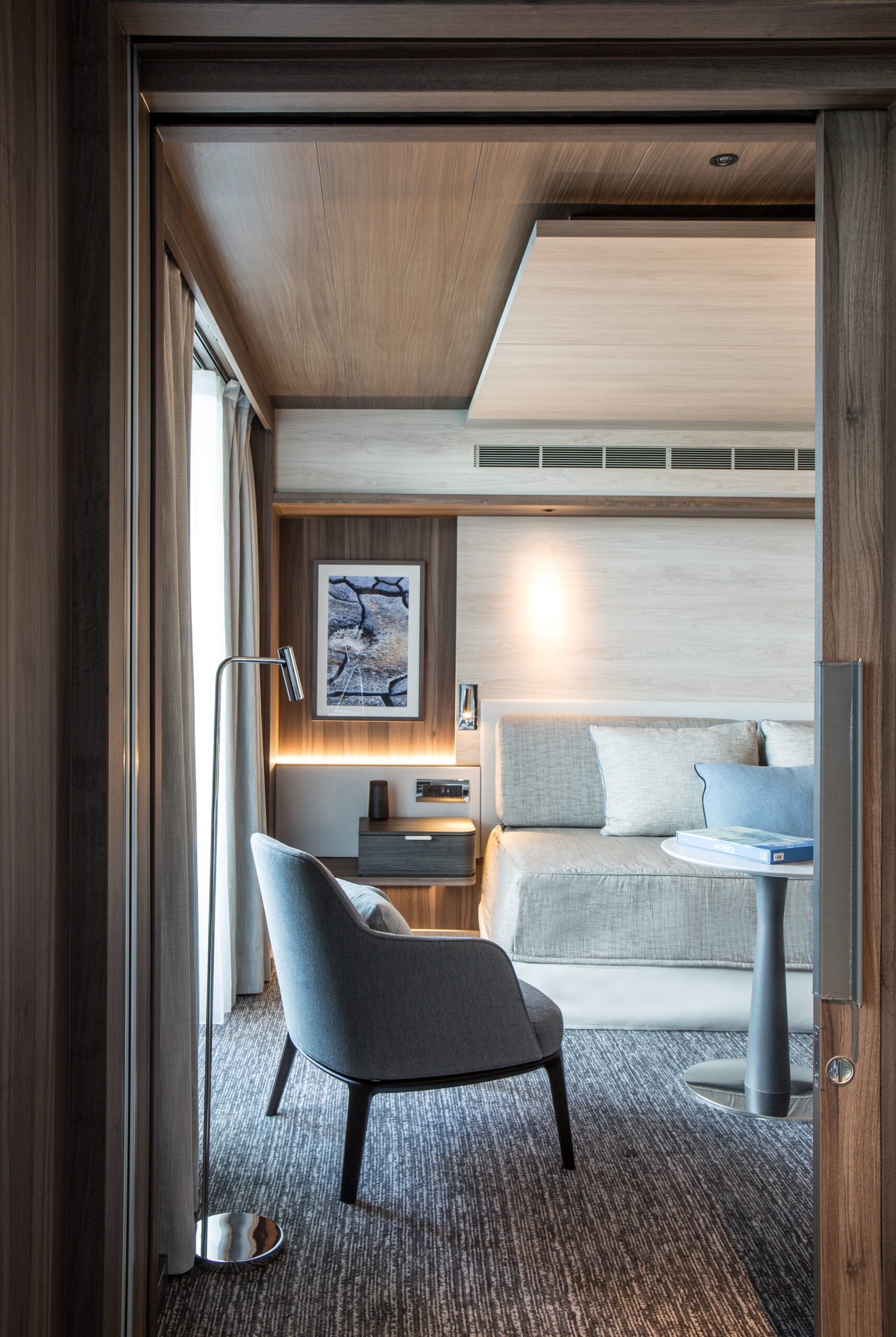
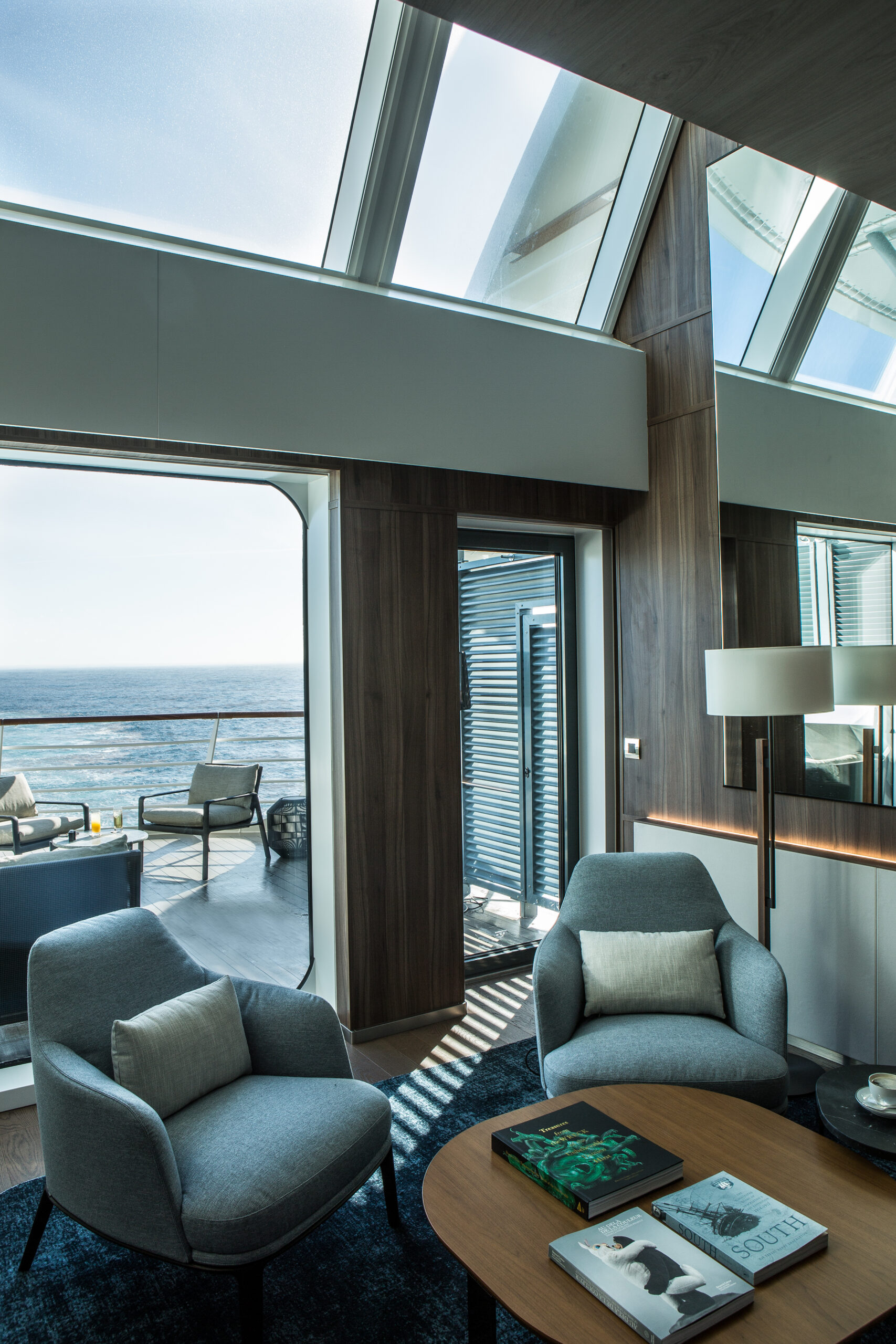
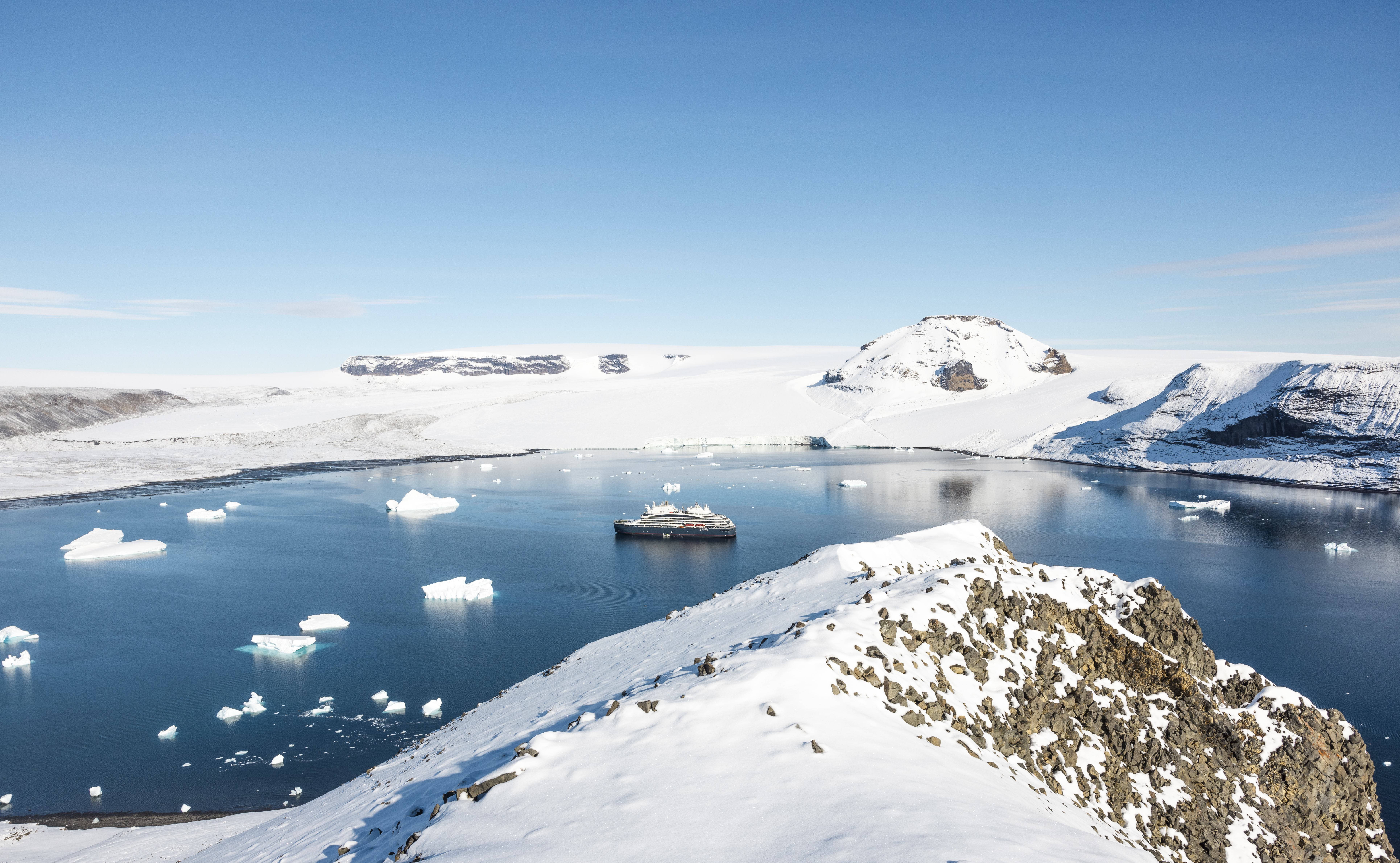
Words and images don’t adequately capture this icy experience. It’s mesmerising. Literally immersive. You feel it. And hear it. Entering the pack ice two days after setting off from Reykjavik across the Denmark Strait is a wonder like few others. As Charcot’s hull navigates the denser ice, the good captain Garcia labels the sound a “growl” – a unique grind that only his ship can manage so early in the year, such are its unique and impressive technologies.
The other sound that comes to frame this land is silence. Stark white and wind-licked, the icy alien landscape comes cloaked in a tangible sound of nothing. It’s hypnotic. It makes you aware of the remoteness, of your insignificance. Here, in the Arctic ice, you’re insignificant. Nature is in charge. The sound, or lack thereof, is wondrous and soothing and addictive.
Our first excursion arrives when Garcia and his suited offsiders park up in an expansive frozen fjord lined by nearby mountains. Under a high and brilliant sun, we embark on a hike across the ice and upwards to a windswept rise – a place that lays bare the vast, untamed world around us.
Guides sling shotguns over their shoulders – a quiet reminder that the world’s largest land carnivore, the polar bear, may be closer than we think. Over the course of our 10-day voyage, we spot several – engines cut as we glide silently into range, eyes meeting across the ice: bears as curious about us as we are about them. A mother nursing two tiny, two-month-old cubs just 80 metres from the ship.
The off-ship activities underpin the incredible allure of Charcot – the ship named after the intrepid French explorer Jean-Baptiste Charcot, a man lost to these frozen waters in 1936. One day, we take in the Inuit village of Tasiilaq – an amble about its colourful wooden houses brings us face to face with friendly locals excited to engage the interlopers. Unsurprisingly, given we’re the first to make it across after a bitter and protracted winter.
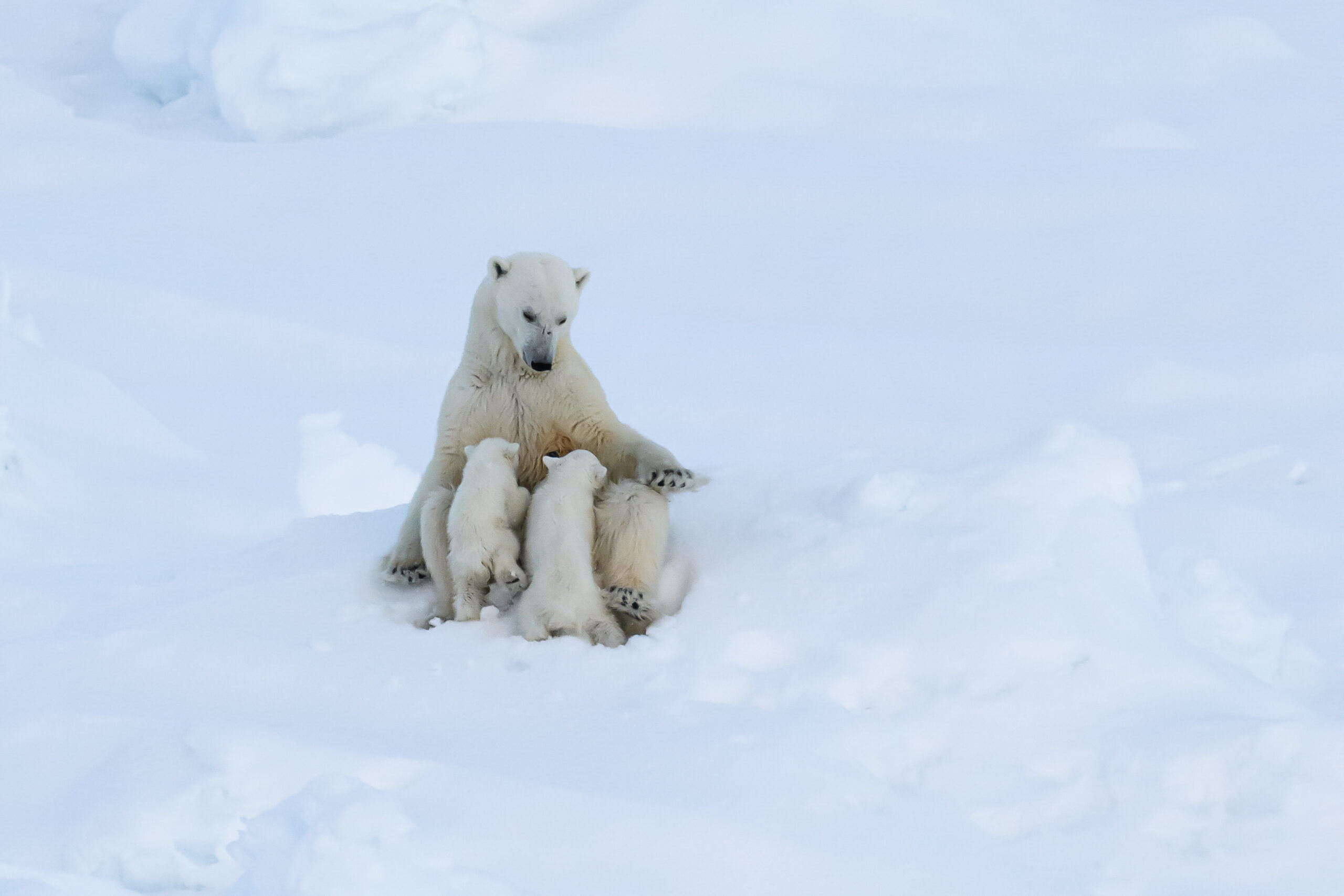
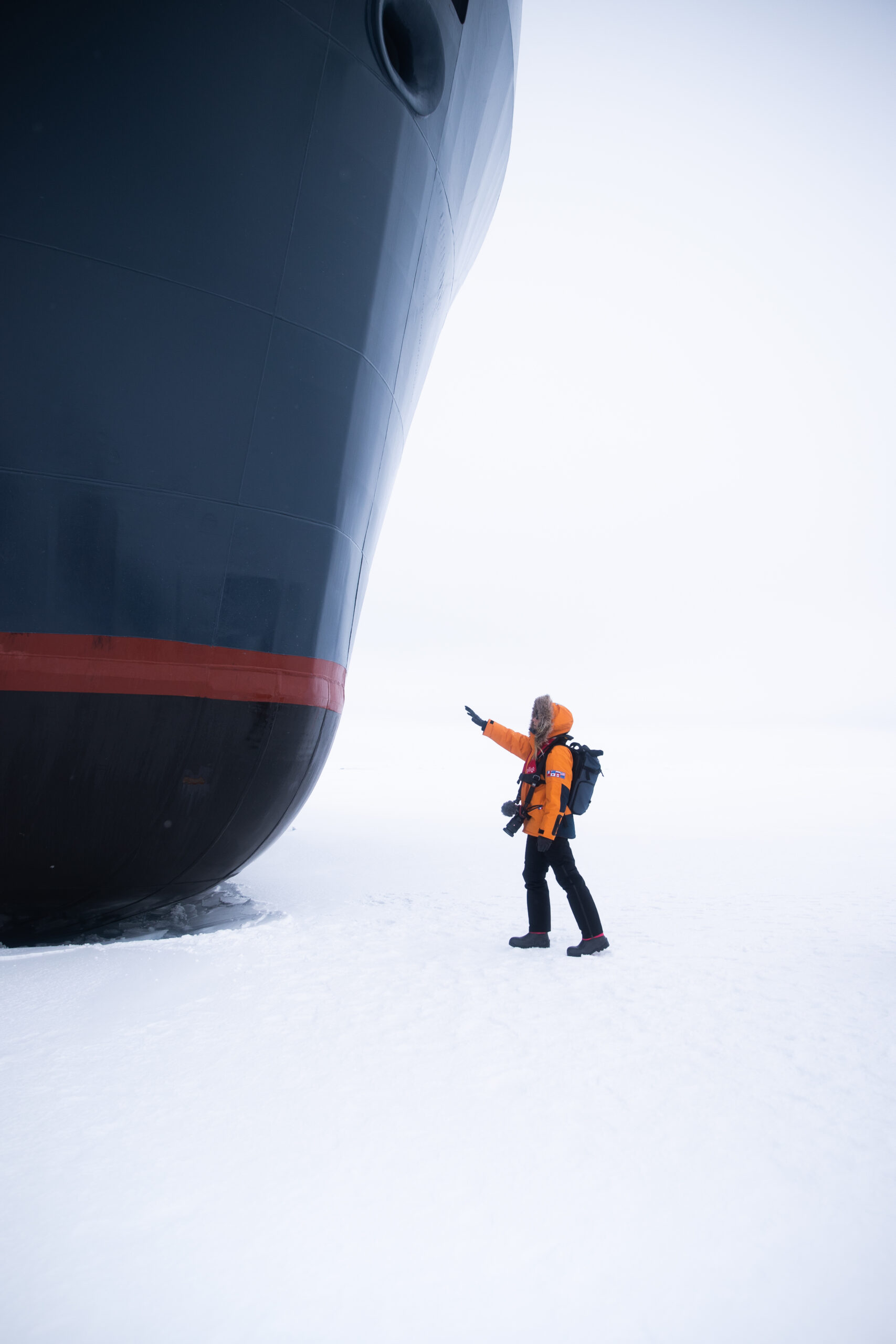
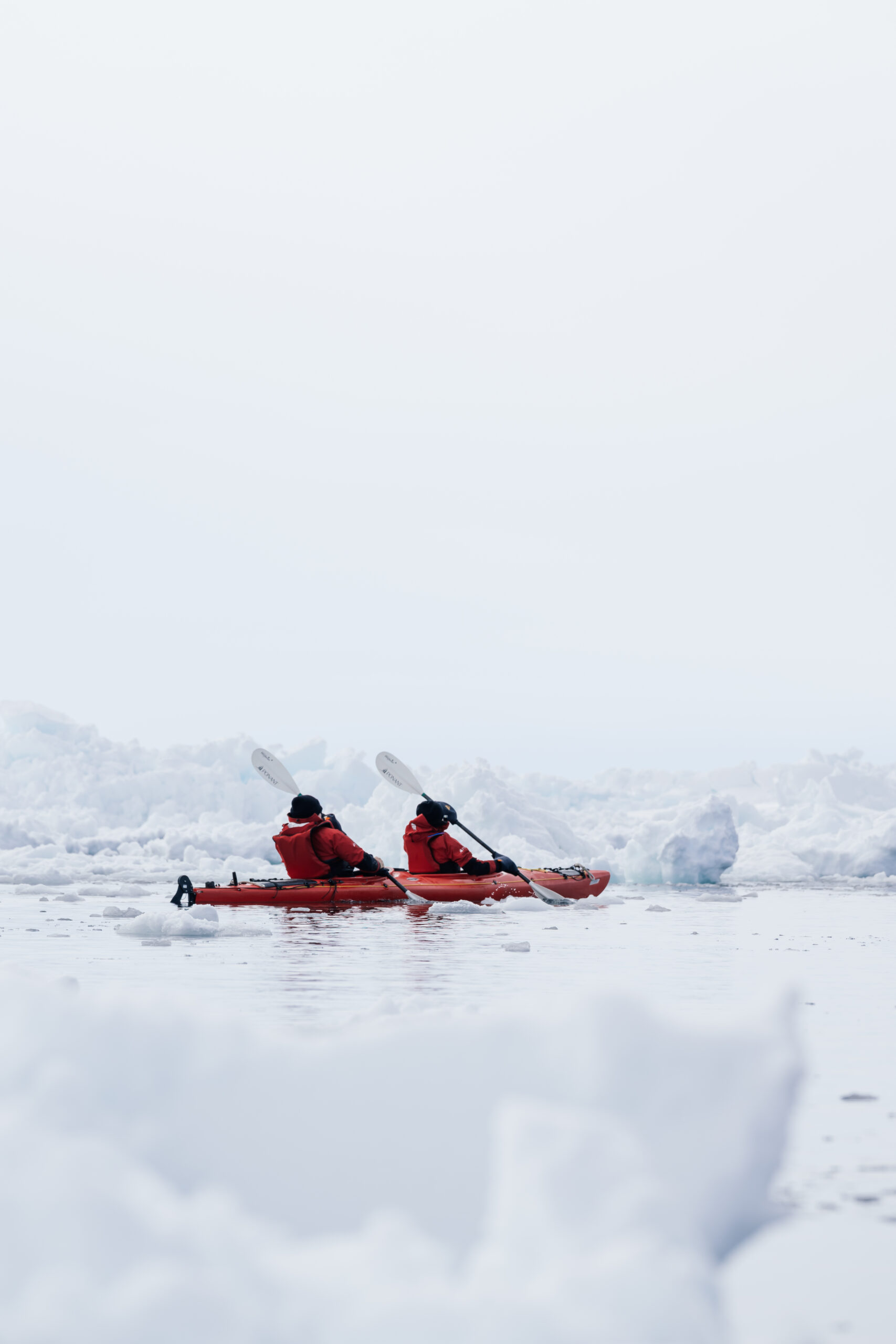
Another day comes with another chance to craft a lifelong memory: a cold plunge into the ocean that immediately drains Bondi’s exxy ice baths. Exploring ice floes (sheets of floating ice) by kayak is another excursion of awe, only bettered by a tight drysuit designed to maintain body temperature for the time it takes to be rescued, should you paddle into any predicament. Ice-fishing with Inuit guides is fruitful in snaring trout sashimi, while a dog-sled excursion across the glaciers of Kulusuk and watery Zodiac adventures further the feeling of truly touching the Arctic.
This being Ponant, such activities align with faultless French finery. Understandable given the company is owned by Francois Pinault – the billionaire French owner of Kering (think Saint Laurent, Gucci, Brioni, and Balenciaga, to name a few). A $520 million ground-up build, Le Commandant Charcot is the world’s only luxury icebreaker – a hybrid-electric, LNG-powered ship with Polar Class 2 classification.
It’s that final point that enables it to drive so deep and explore as it does so early in the Arctic season – unmatched in its ability beyond Russian scientific vessels (akin to Steven Seagal flicks of the 90s) that encircle the North Pole.
Life aboard Charcot is as effortless as it is impressive – each day invites reflection, relaxation or discovery. Unwind in the upper lounges and enjoy a wide selection of drinks while taking in the ever-changing icy views. Alternatively, start your day early in the Technogym-equipped fitness centre with unparalleled views, followed by a facial or deep-tissue massage. Spend time enjoying the indoor and outdoor pools or alternating between the snow room and sauna.
Being a ship under a French flag means a level of cuisine that is peerless, somewhat saucy, and served with more bread and wine than the New Testament. Dining is set across two main restaurants with menus devised by Michelin-star chef Alain Ducasse. The buffet offering at casual Sila is both decadent and broad. At deck five’s more formal Nuna, staff wear waistcoats, the beef is Japanese, and the wine international. Meals here become a nightly excursion of fine courses (yes, plural), with a concluding cheese trolley with a few stickies on the side.
Elsewhere across the ship, I sample endless caviar and Krug, make the most of a foie gras station, and indulge in Iberian ham, plus a smorgasbord of fresh seafood good enough to sate even an elevated Australian palate. There’s also room service if you wake up as hung as Jesus on Good Friday.
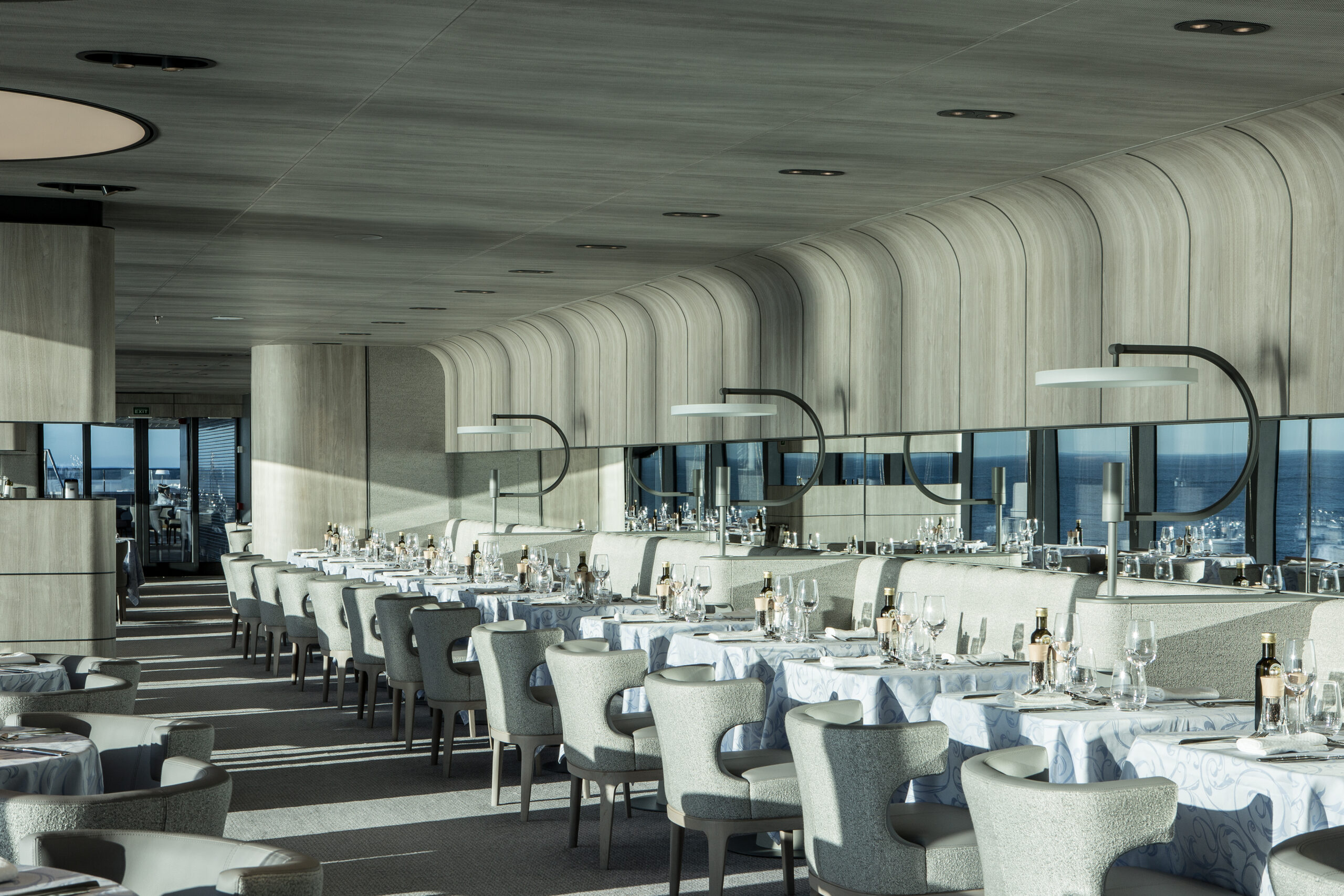
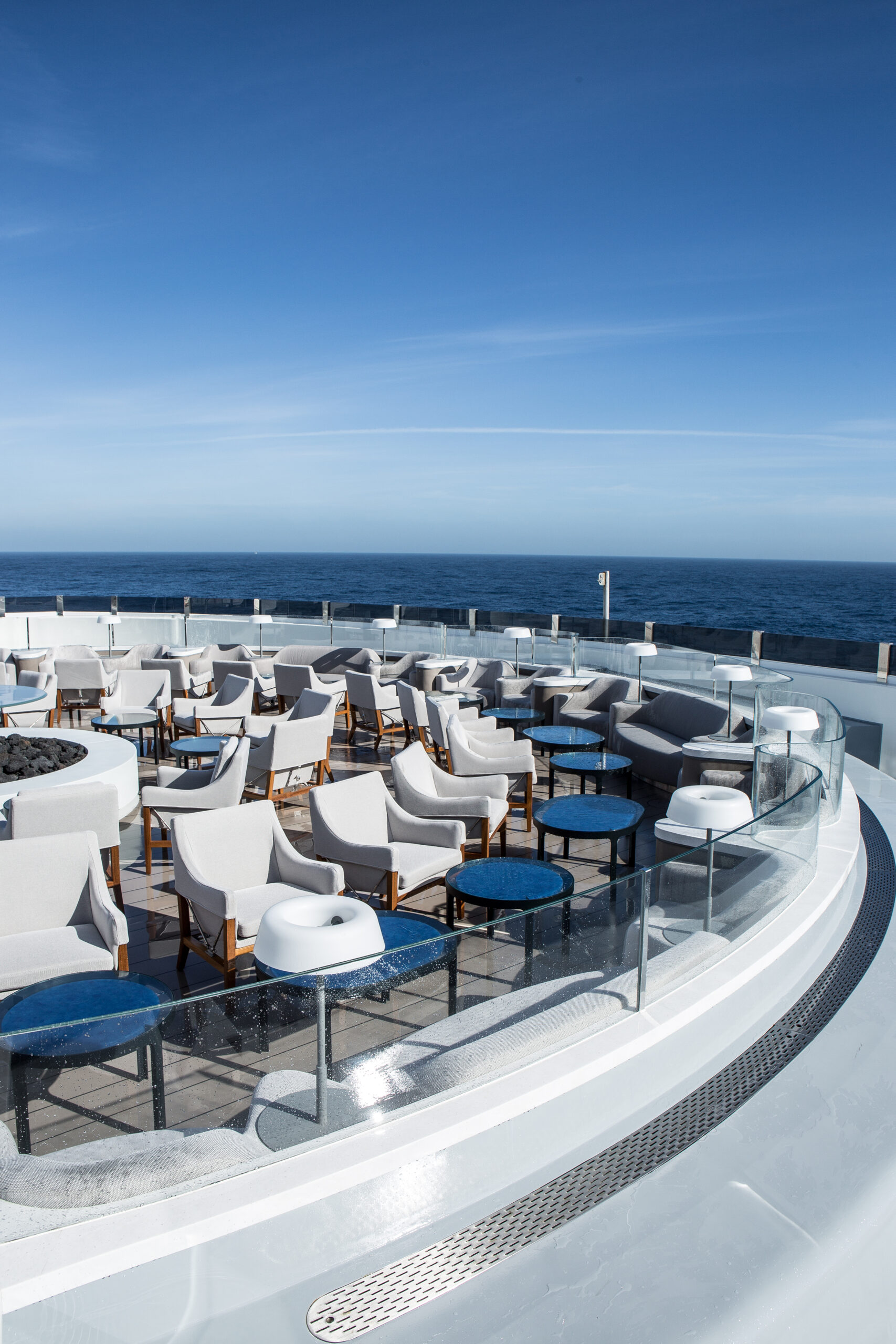
Held across the upper decks, Charcot’s accommodation is made up of 123 suites and staterooms. All have balconies, the best come with butlers. The Owner’s Suite, which comprises dressing rooms, a separate dining area, a 185-square-metre deck, and personal spa, is the standout.
While this is small-ship sailing, the thoughtful interiors mean the ship never feels cramped or confined. There’s a sense of spaciousness throughout, naturally warming tones, and a heady use of glass – the design being the work of famed French architects Jean-Michel Wilmotte (Qatar’s Museum of Islamic Art) and Jean-Philippe Nuel (the revival of Paris’ Molitor swimming pool) – enabling a constant connection with the beauty that surrounds. From libraries to lounges to the poolside juice bar, the ship’s shared spaces offer room to breathe – and staff who seem to sense what you need before you do.
Our cruise, sorry, adventure, sees just 125 guests cocooned in Charcot’s luxury. A fitting crowd, given the cost: mostly French intelligentsia, naturally buoyed by taste and means. A French film producer, who is happy to name-drop the likes of actors Daniel Auteil and Emanuelle Beart, unfurls an endless wardrobe of Cucinelli, his wife, a study in daily Dior. Jacques Marie Mage optics prove a go-to, though it never feels like a trumpet of wealth.
No, Charcot attracts those who’ve felt the genuine pull of the poles – they’re engaged and knowledgeable and fun; eager for a chance to escape the madness of the metropolis and succumb to both indulgence and insignificance.
And, of course, bragging rights at the next dinner party.
10-night ‘Inuit Spring of Ammassalik’ sailing on Le Commandant Charcot starts from $26,180 per person. Pre and post programs are available at an additional cost.
If you’ve enjoyed this feature article on the Ponant icebreaker, consider a few more of our favourite stories – direct from the pages of B.H. Magazine:
